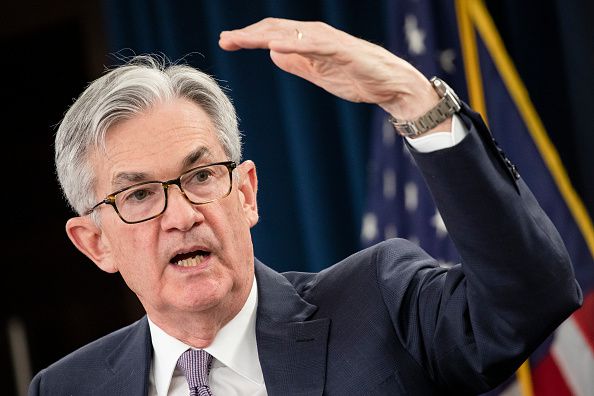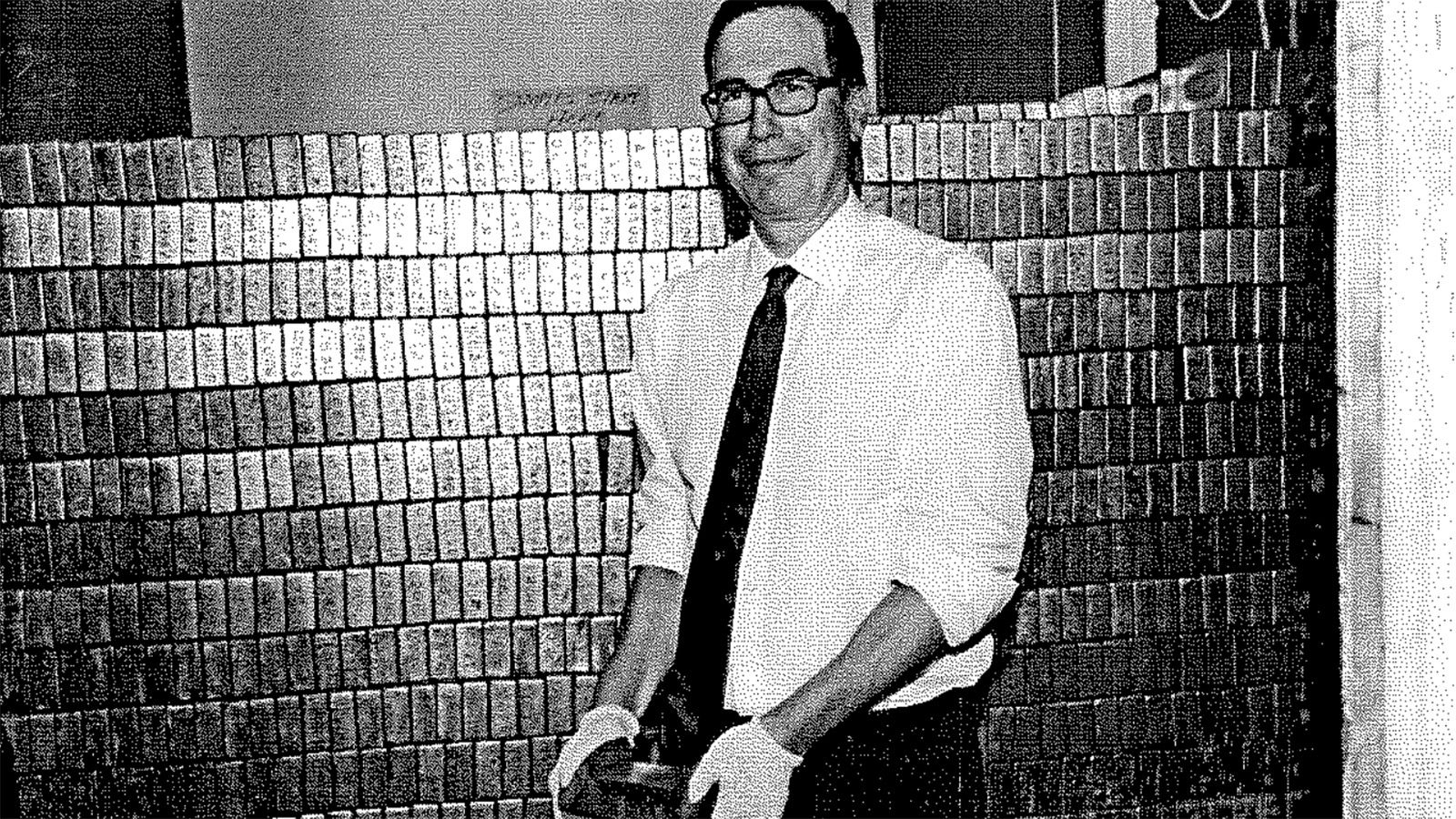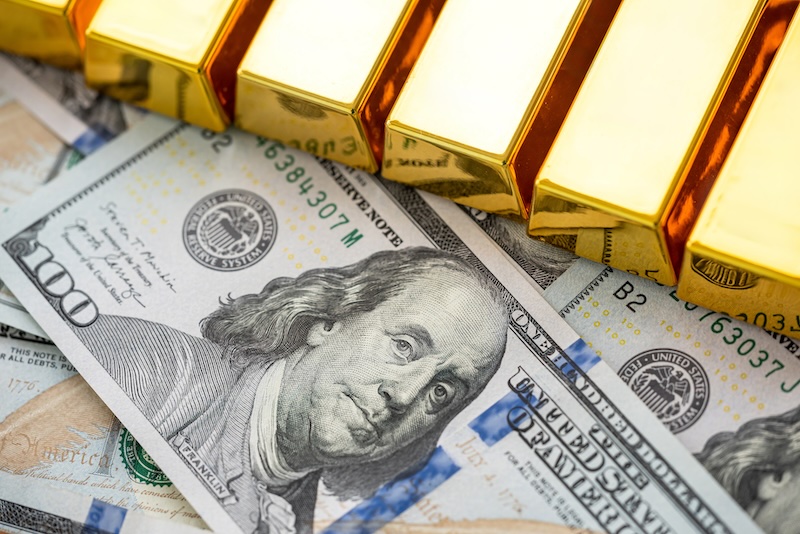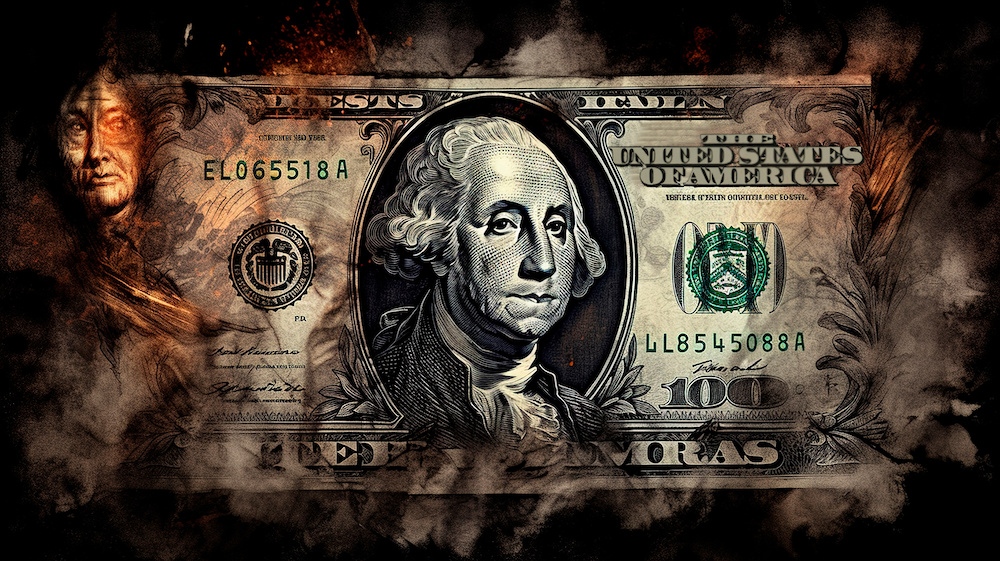Earlier this week the Federal Reserve released a report that showed that some countries are moving away from the dollar as their main reserve currency in favor of gold.
While the Fed tried to downplay the revelation, former Coinbase chief technology officer Balaji Srinivasan pointed out in a post on X that the small group includes China, India, Russia and Turkey, which “represents 3 billion people. So 37.5% of the world is moving away from dollars towards gold.”
“The Fed now admits some countries are moving to gold,” tech investor and former Coinbase chief technology officer Balaji Srinivasan posted to X, pointing to what the Fed says is a “small group” that “represents 3 billion people. So 37.5% of the world is moving away from dollars towards gold.”
This helps to provide some explanation for the steady and continuous increases in the price of gold over the last 18 months. While the price of the shiny metal goes up and down based on global activity and futures trading, physical gold continues to move from the West to the East.
Buyers in the Shanghai Exchange are paying a higher premium for gold, which is driving up prices in the New York and London and brokers make a commission on the arbitration of buy/sell spreads between markets.
China
China’s central bank, the PBOC, has been the largest buyer of gold in recent years, topping 2,235 tons at the end of 2023. According to reports from the Gold Council, the bank has continued its buying levels at a steady pace this year. Analysts expect the bank to continue to drive demand for central bank gold throughout other member nations. Roughly 4.3% of the nation’s official foreign exchange reserves are held entirely in gold.
India
In recent weeks, the Reserve Bank of India, RBI, transferred more than 100 tons of gold from London to be stored in vaults inside the country. However, the country’s consumers are already represent one of the largest group of buyers in the world.
In India, gold holds a significant cultural, religious, and economic value. It’s most common form is in the form of 22-karat gold jewelry. It is considered a symbol of wealth, power, and status, and is often passed down through generations as a form of inheritance and also for financial security and stability. Many families invest in gold as a means of saving and wealth preservation
Russia
Despite the sanctions targeting its financial system, oil sector, and individual oligarchs, Russia has managed to maintain economic growth.
The Russian economy grew by 3.6% in 2023 and is projected to grow another 2.6% in 2024. This growth is partially attributed to the country’s strategic response to sanctions, including the pegging of its currency, the ruble, to gold.
Russia is now the second largest producer of gold, second to China. Mines in the country produced 324.7 tons of gold in 2023, with it expected to increase production capacity over the coming years.
Turkey
Turkey led central bank gold buying in April, adding 33 tons to their reserves. In 2021, Turkey began a policy that allows commercial banks to accept gold deposits and use them to meet reserve requirements. This has led to a significant increase in gold demand in Turkey.
The country is the 5th largest gold market in the world and stands out with a long tradition of gold demand underpinned by a deep cultural heritage. Not only does gold play an important role in weddings and other aspects of religious life, generations of Turkish savers have turned to gold as an effective hedge against the ravages of inflation and currency weakness.
The BRICS Alliance Pushing Dedollarization
The BRICS countries continue to wage economic war against the Western economies, promoting dedollarization through various initiatives.
The BRICS alliance is pushing dedollarization through various initiatives. One of the most significant steps is the creation of a common currency, which is expected to be unveiled at the 2024 BRICS Annual Summit in October. This aims to reduce the dominance of the US dollar in international trade.
In 2024, several countries officially joined the BRICS alliance. These include Saudi Arabia, along with four other nations. The Saudi membership was due to start on January 1, but there was a delay before it was confirmed.
More than two dozen countries have expressed their desire to join, and 97 countries have confirmed their participation in the BRICS 2024 Games in Russia.





